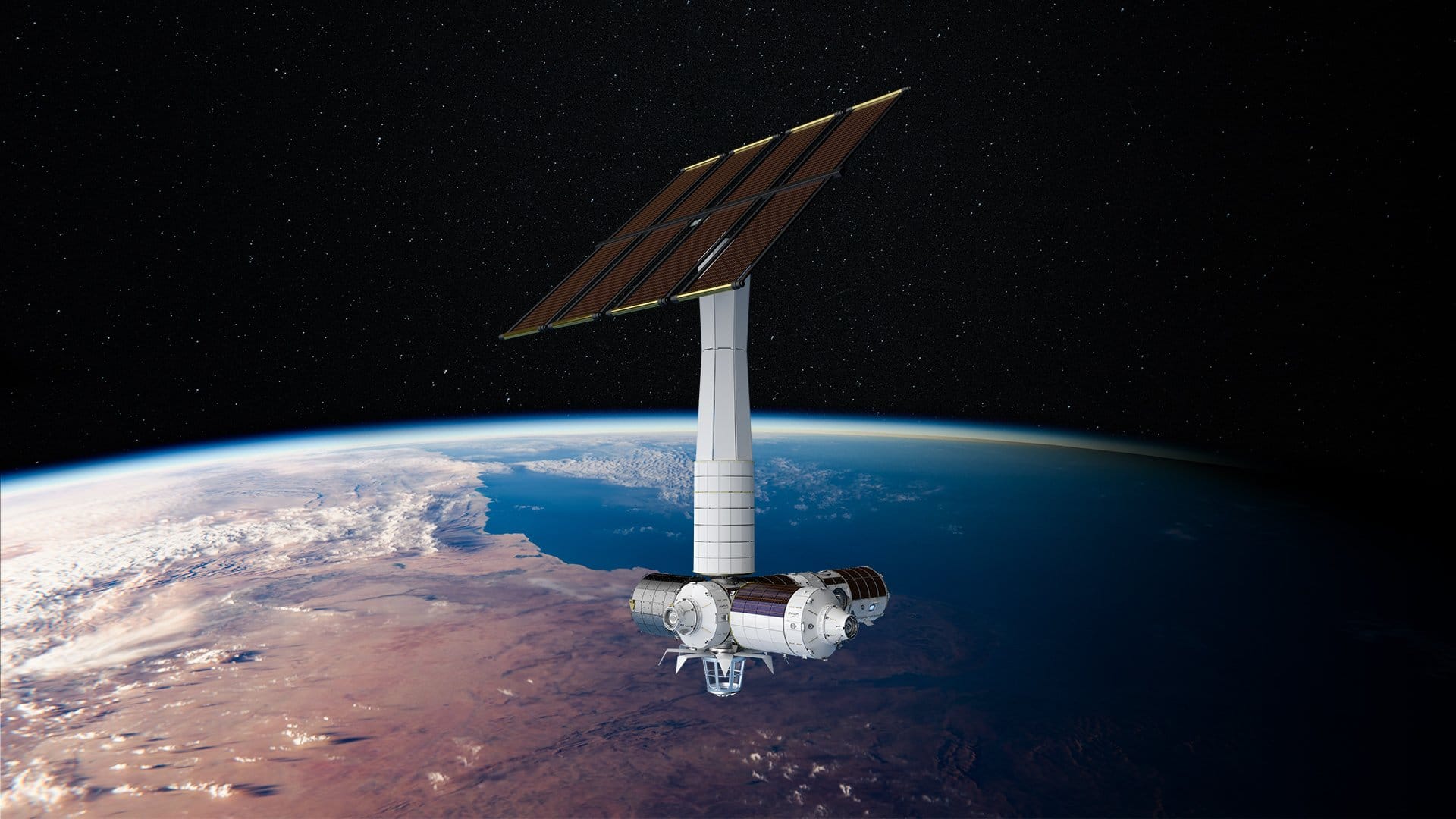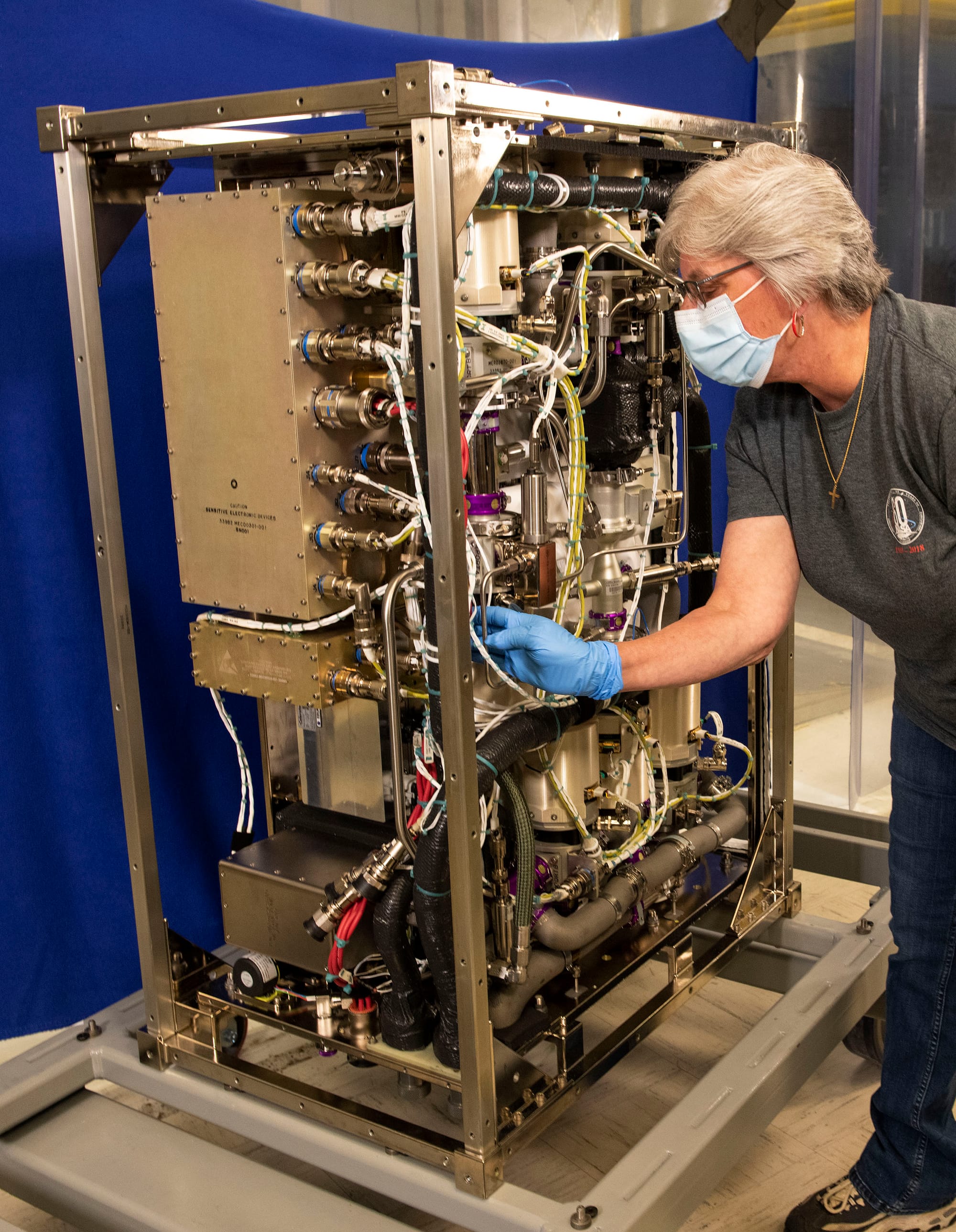Life Support for Private Space Stations
Life support is THE major cost and mass driver for a private space station.

As I write this, the International Space Station might be deorbited two years early - in 2028 instead of 2030 because the Russians have signaled their intention to withdraw from the program. NASA has a desire to stop funding the ISS in favor of its deep-space efforts, and is willing to become one of many tenants of a private space station in Low Earth Orbit (LEO). The cost savings would be huge, but the success of such a venture is not guaranteed.
There is a flurry of companies trying to build the successors to the ISS. Axiom is the leader with the most space experience. Just off the top of my head, there's Blue Origin partnering with Sierra Space to build Orbital Reef, Vast Space developing Haven-1, and Lockheed Martin/Voyager Space with Starlab. Lately, Axiom has struggled, which doesn't bode well for the other companies. Because developing a space station, let alone running it, is hard. If we can't maintain a presence in LEO, we can forget about lunar and Mars bases because the supply deliveries are only going to get exponentially harder.
The Institute for Defense Analyses (IDA) is a non-profit think tank that advises the US government on issues that require scientific and technical expertise. Their 2017 report, titled "Market Analysis of a Privately Owned and Operated Space Station", is an analysis of whether a private space station would be financially sustainable in the next few years based on a host of assumptions. Their verdict: not likely. I won't bore you with the potential sources of revenue, but I will focus on Chapter 9 where it talks about potential costs. Reducing the cost of development, construction, and operation would make a private space station more likely. What's the best way to go about it?
Table 22 in Chapter 9 details the potential development cost of new subsystems and their mass. I reproduced it below. I focus on new life support technologies in this post and as part of my PhD research, so I emphasized the Environmental Control and Life Support System (ECLSS) row in bold.
| Required Subsystem | Estimated Cost (FY15 $M) | Mass (kg) | Assumptions/Justifications |
|---|---|---|---|
| ADCS* | $53 | 364 | 1/3 mass of ISS's ADCS |
| Electric power | $110 | 1,624 | Assumes 50 kW, 25% depth of discharge |
| TT&C** | $24 | 76 | Largest USCM8 CER input |
| Communications | $28 | 50 | Non-GEO, small |
| Propulsion | $31 | 1,000 | 1 m^3 tank |
| ECLSS | $175 | 3,462 | NASA estimate wih discount |
| Thermal control | N/A | N/A | Cost incorporated into cost of modules |
| Total new subsystems costs & mass | $422 | 6,576 |
*ADCS: Attitude Determination & Control System
**TT&C: Telemetry, Tracking & Command
Notice that ECLSS alone takes up 42% of the total new subsystem costs and 53% of the total new subsystem mass! Also notice that this is the low-end estimate for a partial closed-loop system where some of the air and water are wasted. A more closed loop would cost more because there is more mass and complexity involved in extracting the last bits of fresh air and water from waste products.
As someone who thinks about life support in space, this comes as no surprise. There is a mass and complexity cost to providing life support, even though most people take it for granted. On Earth, we breathe oxygen from trees on land and algae in the ocean. Our water is purified by the hydrologic cycle (natural) and water treatment plants (artificial). That's just the simple version. It neglects the geological processes and vast biodiversity of plants, animals, fungi, and bacteria in the ecosystems that keep us alive. Earth's geobiosphere is not even fully understood, yet we rely on it every second.

The photo above is of a CO2 scrubber sized for 6 people. It may collect more CO2 per pound than a tree, but you might take a look at it and think "maintenance nightmare" and you'd be right. Zero-g toilets and water recovery systems require a lot of maintenance as well. A 2007 study shows that 35.3% of crew time on the ISS and Skylab was used to repair air and waste handling systems - two critical functions of an ECLSS. The ISS has been upgraded several times in the last 17 years, but I doubt that this maintenance time has gone down appreciably. Today's ECLSS technologies are fundamentally the same as they were in 2007.
To summarize, the current ECLSS takes up a significant part of the design and cost of a new space station. The same would be true for a lunar or Mars base as well. The complexity of ECLSS technologies make them difficult to scale up to support tens or hundreds of people.
In conclusion, we need fundamental breakthroughs, not just incremental refinements, in life support technologies if we hope to significantly reduce the cost of any space station. This, more than future advances in propulsion, will help open up the solar system for humans.
Until next time.
